Elevate Your Attire Etiquette Categories and Occasions Explained: Part 1
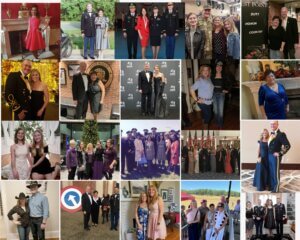 To ensure you are prepared for every occasion, know the type of event, check the invitation and learn the dress chart terms. Explanations of the terms and corresponding occasions by Ginger, Michelle, and Lynda (our expert M:M Protocol Team) will help you be ready for any social event!
To ensure you are prepared for every occasion, know the type of event, check the invitation and learn the dress chart terms. Explanations of the terms and corresponding occasions by Ginger, Michelle, and Lynda (our expert M:M Protocol Team) will help you be ready for any social event!
Traditionally, attire belonged to three categories: casual, informal and formal. Today, many more subcategories of dress and different interpretations have emerged.
A parenthetical note by hosts on invitations will help guests determine what is most suitable for that occasion. The most up-to-date military and corresponding civilian attire chart will be provided in Part 2 of this series to aid in your next social engagement.
*Military personnel need to adhere to the set Army uniform regulations in each of these categories. Please reference Army Regulation 670-1 for specific details.*
Military and Civilian — Occasions and Suggested Dress Attire:
White Tie:
Most formal wedding, ceremonial or diplomatic service occasion.
The most formal dress code calling for tailcoats for men and full-length, evening gowns for women.
*Blue or White Evening Mess which differs in certain details from the Army Mess uniform.
Formal/Black Tie:
Official formal evening functions, military balls, dining-ins/dining-outs, state occasions, weddings, private formal dinners.
Elegant outfits featuring tuxedos or dark dinner jacket (bow tie or formal version of a necktie); long dresses, formal cocktail or dressy separates for ladies.
*Blue or White Mess, AGSU-Dress, AGSU-A with four-in-hand necktie, ASU with Bow Tie (after retreat, or 1700, headgear is not required)
Semi-Formal:
Receptions, graduation celebratory parties, dinner parties, holiday gatherings, teas, retirement parties.
Dark business suit and tie; long dressy skirt, cocktail or tea-length dress, dressy separates. More formal than what you wear to the office; less formal than what you wear to formal events.
*AGSU-A with four-in-hand necktie, ASU-A with four-in-hand necktie
Informal/Smart Business/Business Formal:
Parades, ceremonies, reviews, when special honors are being paid, official visits of U.S. or foreign dignitaries, spouse welcomes and farewells, higher level hail and farewells.
Professional attire that often includes suits for men and tailored dresses or pantsuits for women.
*AGSU-A with four-in-hand necktie, ASU-A with four-in-hand necktie
Cocktail:
Hors d’oeuvres and drink gatherings. This dress code calls for semi-formal wear—cocktail attire for women and suits for men.
Festive Attire:
Holiday parties. No uniform. Ranges from ugly sweaters to sparkly New Year’s attire.
Business Casual/Duty Uniform:
Business occasions, informal social occasions, office work. Business Casual Tactical: Military briefings to shooting range. A polished, professional yet comfortable outfit which is often required in workplace settings. This includes slacks, blazers, or dresses.
* AGSU-B, ASU (or local policy)
Smart Casual/Dressy Casual:
Casual restaurants, home parties, spouse coffees/socials, unit hail and farewells. A combination of casual and formal wear, featuring dress trousers, blouses, or shirts.
Casual:
Relaxed civilian settings, daily military duty/field duty, spouse coffees/socials, SFRG meetings. One step above very casual. Indicates polo shirts, nice pants, and dress jeans.
*Duty uniform/ACU/AGSU-B (or local policy)
Very Casual:
This is the most relaxed dress code; suitable for informal gatherings. Also explained by the invitation — themed parties and events, e.g. Hawaiian Luau (Aloha shirt, muumuu), Texas BBQ (jeans, cowboy hat).
Comfortable clothing like slacks, shorts, T-shirts, sundresses, and casual jeans.
A Note from the Contributors: Ginger, Lynda, and Michelle hope these attire definitions assist you when you encounter various categories of invitations for ceremonies or events. Whether it’s a formal dinner, an award ceremony, or a casual gathering, being familiar with the event categories will help you navigate your dress attire with confidence!
Our forthcoming blog will contain the Attire Dress Chart!

Other Mission: Milspouse Blogs to check out!
- ATTIRE, NAME TAGS, UNIT PINS, AND GIFTS – Mission: Milspouse
- Dress for the Occasion – Mission: Milspouse
References:
Department of the Army, Army Regulation 670-1, A Guide to Wear and Appearance of Army Uniforms and Insignia.
The Army Spouse Handbook, Ann Crossley and Ginger Perkins, (Atlantic Beach, FL: ABI Press, 2019).
Service Etiquette, Fifth Edition, Cherylynn Contesco and Anna Hart.
FORSCOM Table of Equivalent Attire, 3 March 21.
AUSA Customs, Courtesies and Traditions, Ginger Perkins.
Miss Manners’ Guide to Excruciatingly Correct Behavior, Judith Martin, page 530-553.
Emily Post’s Etiquette, Lizzie Post and Daniel Post Senning, pages 128-136.
US Army Protocol Guides PPT.

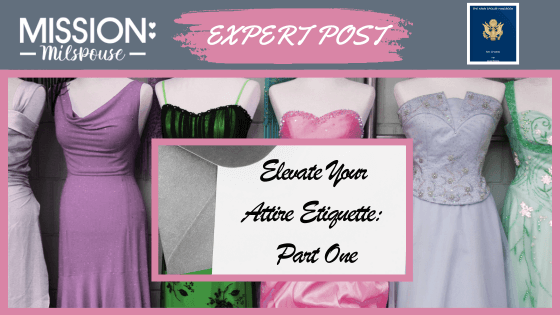
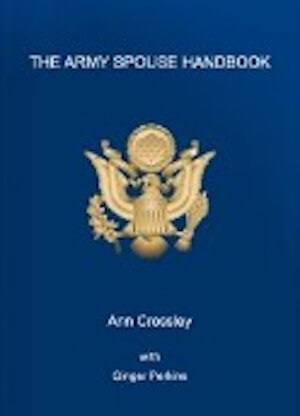

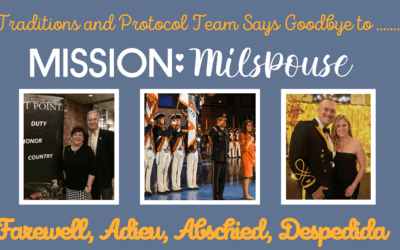
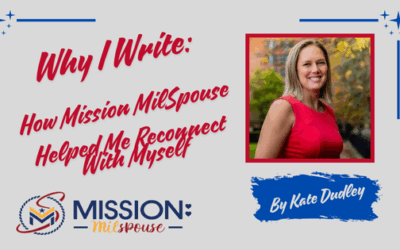
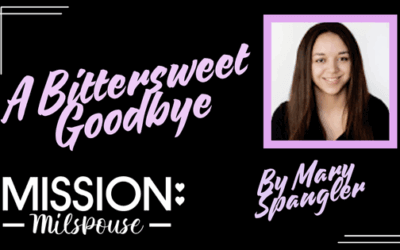

0 Comments